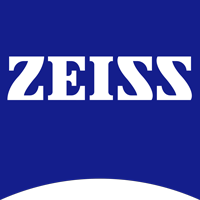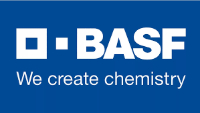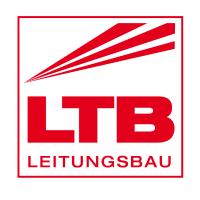Security Solutions for the Energy Sector
In a dynamic world, the security of the energy sector is of vital importance. Our comprehensive access control solutions provide reliable protection for your energy infrastructure.
Secure critical infrastructure now!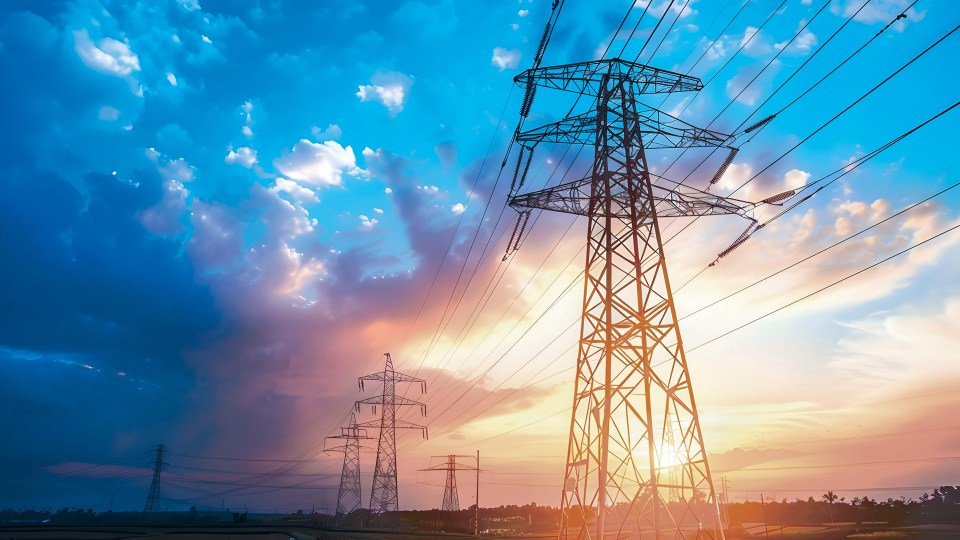
Energy providers are among the most critical operators of essential infrastructure (KRITIS). Any disruption in supply has far-reaching consequences for both the economy and consumers. The top priority is to ensure a secure and continuous supply, smooth operations, and the protection of both the environment and human lives.
Why Security Matters for Energy Providers
Energy providers operate complex, interconnected infrastructures made up of diverse facilities, some of which are located in remote areas such as offshore wind farms. This structure makes them more vulnerable to sabotage, vandalism, and cyberattacks.
Supply security bottlenecks, regulatory fines, or compliance issues are just a few of the potential risks. In addition, data protection and the responsibility to safeguard both the environment and human lives play a crucial role. This calls for clear demarcation of particularly sensitive areas. Comprehensive security strategies are essential to reduce the risk of both virtual and physical attacks with the ultimate goal of preserving availability, integrity, and confidentiality.
Providers in the Energy Sector
| Industry | Services |
|---|---|
| Electricity | Generation, transmission, and distribution of electricity |
| Gas | Extraction, transportation, and distribution of gas |
| Mineral Oil | Crude oil extraction, product manufacturing, oil transportation, and supply of fuels and heating oil |
| District Heating | Generation and distribution of district heating |
Source: Classification of sectors and critical services according to the Federal Office of Civil Protection and Disaster Assistance, as of July 2024
This is how access control supports
your diverse requirement
As a long-standing partner and provider of security and access control solutions, Interflex understands the specific requirements of the energy sector. We support you early on by assessing your existing security concept and selecting appropriate physical security measures - with the goal of implementing a robust, reliable access control system that aligns with your security objectives and specific requirements.
High Security Standards
Energy providers operate areas with varying levels of security, such as control rooms, substations, production sites, or extraction facilities. The priority is a solution that grants access only to authorized individuals with the appropriate permissions.
Regulatory Requirements
The energy sector is subject to strict national and international regulations, including Critical Infrastructure (KRITIS) directives, environmental requirements such as the Major Accidents Ordinance, the IT Security Catalogue, and industry-specific standards (B3S) for facilities and district heating networks. An access control system should support compliance with these applicable laws and regulations.
Safety of Employees, Suppliers, and Visitors
Security risks also arise from accidents and negligent behavior. By controlling access to specific areas, verifying IDs at entry points, and registering and briefing visitors and suppliers, activities on site can be monitored and regulatory requirements fulfilled - such as documenting mandatory safety instructions.
Data Security
Operational and customer data are valuable assets and frequent targets of attacks. Access control helps restrict access to this data and ensures transparent monitoring of compliance. At the same time, the system must handle employee data in accordance with data protection regulations.
Emergency Management
Protecting people and the environment is especially critical in nuclear power plants or chemical facilities. In addition to controlled access for qualified personnel, integration with an access control system can support fast and efficient action in the event of an evacuation.
Interflex Access Control:
Flexibility and Security for All Use Cases
Protection against sabotage, accidents, and unauthorized access in power plants

Locations: Power plants (nuclear, fossil fuel, and renewable energy generation)
Suitable Solutions:
- Multi-factor authentication using modern ID technologies (LEGIC advant, MIFARE DESFire EV3), key app on smartphones (3-pass authentication), and PIN codes at access terminals
- Biometric solutions ranging from 2D/3D fingerprint verification to facial, iris, and hand vein recognition
- Evacuation management with a dynamic evacuation list for a fast, real-time overview of individuals to be evacuated
Your Advantages:
- By effectively preventing or complicating access for unauthorized individuals, you reduce the risk of sabotage, damage, and potential liability issues.
- At the same time, you ensure compliance with your safety regulations. Accidents are effectively avoided, and your personnel are protected when only trained staff can access high-security areas.
- In the event of an evacuation, you also ensure the safety of your personnel and enable targeted, efficient deployment of emergency services.
Protection against power outages or damage in substations and switching stations
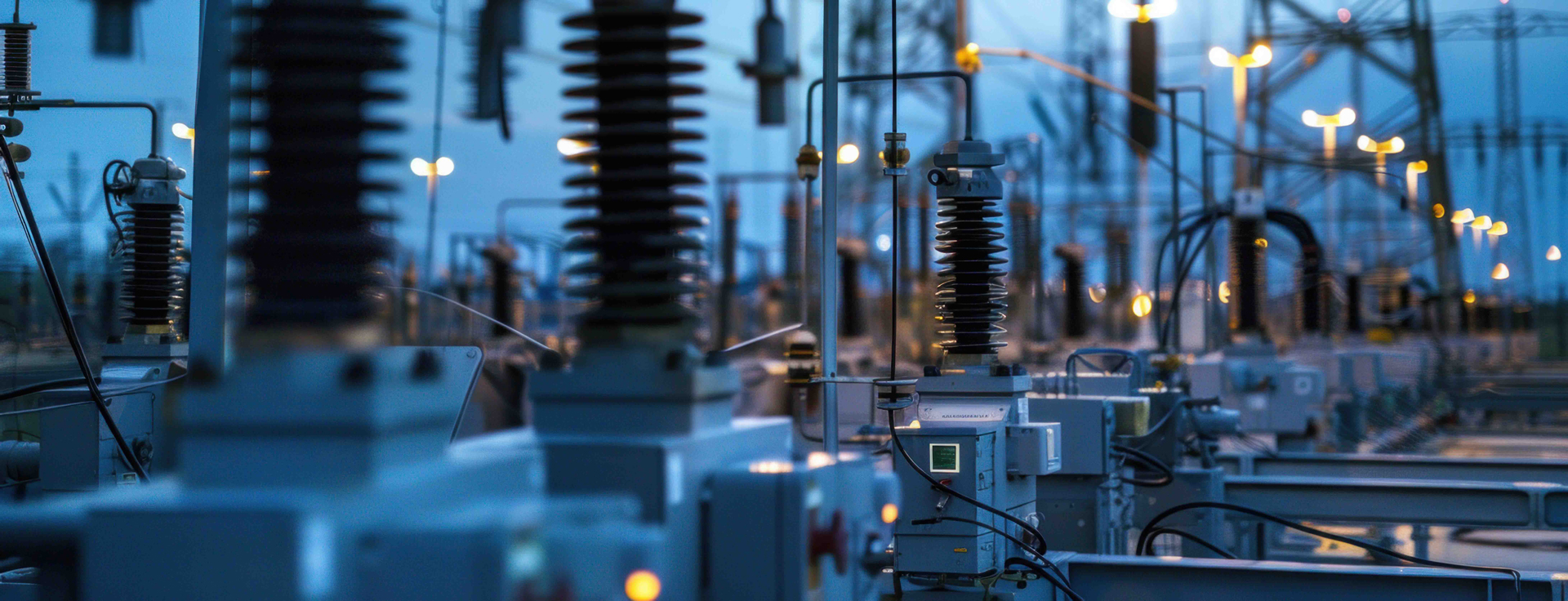
Locations: Substations and switching stations (for energy transmission and distribution)
Suitable Solutions:
- Invitation portal for external companies to manage access rights for contractors and suppliers in a legally compliant manner—for example, service technicians for maintenance and repairs
- Multi-level approval workflows for assigning access rights to authorized external and internal personnel, with location- and time-based restrictions and full audit compliance
Your Advantages:
- Relieve your security organization through a high degree of automation in access rights management - especially when your critical facilities are managed or monitored remotely.
- Thanks to complete documentation within the rights management system, you are always able to provide information when access rights are reviewed during audits.
- In the event of a security incident, you can quickly trace who received access rights, when, and for what purpose. This helps identify physical security gaps and ensures future compliance with updated security requirements.
Protecting sensitive data and IT infrastructures in office buildings and data centers
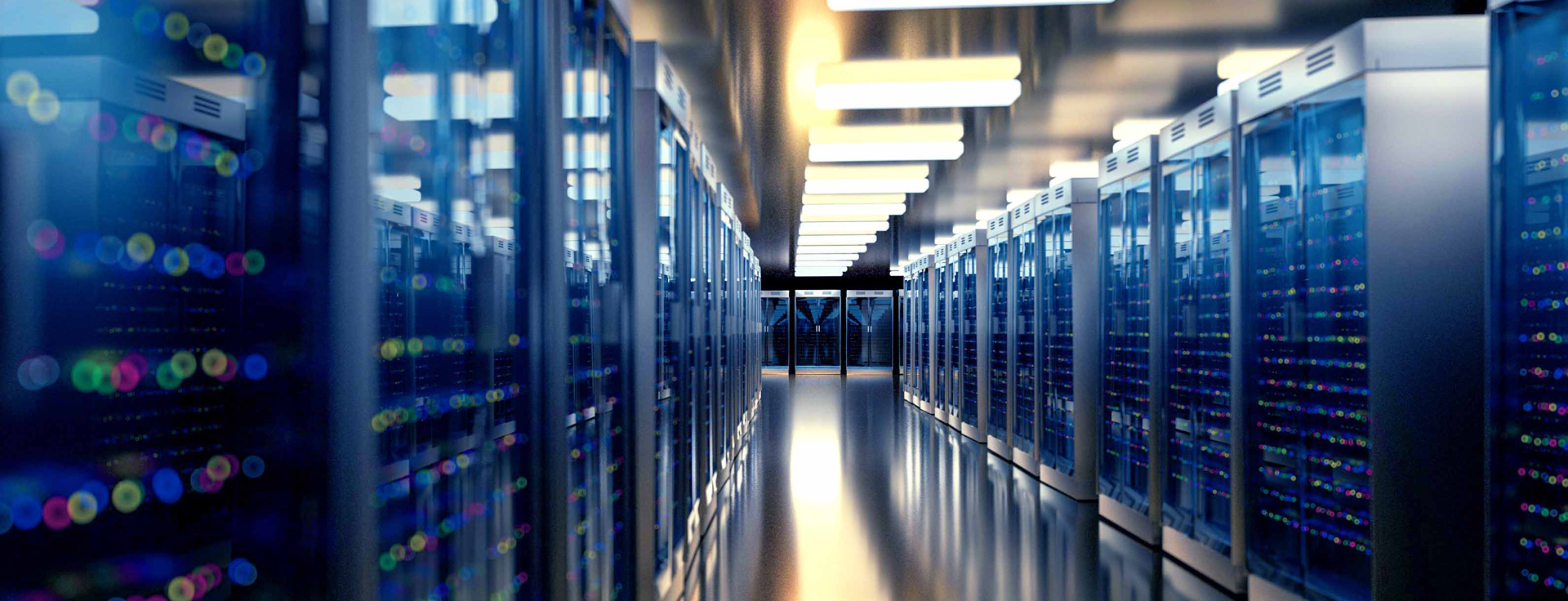
Locations: Office buildings and data centers
Suitable Solutions:
- Scalable IF-6040 system: Definition and cross-organizational management of access rights, access profiles, and room zones. Audit-compliant logging and monitoring of all events within the access control system, such as door status monitoring and anti-passback.
- Encrypted, certificate-based PKI communication using Interflex certificates or customer-specific encryption.
- Visitor management with IF-6040: Standardized process from invitation to reception, identity verification, safety briefing, and documentation of visits.
Your Advantages:
- A flexible and adaptable security solution enables you to respond quickly and effectively to changing security requirements or staffing needs.
- Thanks to a high level of encryption, you can meet new security regulations with confidence.
- Traceability in the event of a security incident or audit is simplified when access rights and external visits are fully documented.
Secure your business:
5 steps to a reliable access control system
- 1
Analyse
Comprehensive analysis of your security requirements and existing systems
2
Planning
Development of a tailor-made security concept
3
Installation
Installation and configuration of the components relevant to you
4
Handover
Training for safe use of your system
5
Support
Regular and reliable service and support
Why KRITIS companies choose Interflex
Maximum security with minimum effort
With Interflex, KRITIS companies can manage their access and authorization processes digitally, automatically, and efficiently. Whether it's escalations, special approvals, or temporary access, clearly defined workflows ensure smooth processes and maximum security in everyday operations.
Legally compliant and auditable
All accesses, movements, and changes are documented seamlessly and in an audit-proof manner. This means you not only meet internal compliance requirements, but also legal requirements such as NIS2 or the KRITIS regulation – and are ready for audit at any time.
Flexible, scalable – and tailored to KRITIS requirements
KRITIS companies need solutions that can be seamlessly integrated into existing security and IT structures – without compromising availability or compliance. Interflex's modular systems are designed precisely for these requirements: scalable for growing infrastructures, flexible for individual processes, and future-proof with regard to regulatory developments.
- 0,0 Millionen
Our systems manage around 5.8 million employees every day
- > 0 Companies
Many of the top 500 companies in Europe rely on Interflex
Would you like to know how our security solutions perform in practice?
Take a look at our references and find out how companies from a wide range of industries have transformed their access and security processes with Interflex.
Frequently Asked Questions about the Energy Sector
- Which stakeholders are part of the energy sector?
The energy sector includes a wide range of stakeholders: producers of electricity or gas, renewable energy providers such as solar, wind, and hydropower plants, suppliers of heat and coal, (nuclear) power plant operators, grid operators, utility companies, plant manufacturers, energy traders, and service providers responsible for energy storage or transmission via distribution networks - all the way to municipal utilities, local substations, and city-owned energy providers.
- What are typical application areas where access control provides added protection for energy providers?
Access control ensures that only authorized personnel can enter power plants such as coal and gas facilities, or renewable energy sites like solar and wind farms. It also enables controlled access to substations, where energy-generating systems are monitored and managed. These areas include control rooms, where such systems are supervised and operated.
Access control is also used in locations where sensitive and confidential information or critical systems must be protected, such as data centers or administrative buildings that handle customer data.
- What are typical security risks faced by energy providers?
When developing a security concept, energy providers must consider a wide range of potential risks. These include protecting physical assets from sabotage, theft, and vandalism. Additionally, the increasing interconnectivity of security systems introduces the risk of cyberattacks. Hackers may attempt to disrupt operations or steal sensitive customer data.
Other risks that can disrupt operations include attacks on facilities and power grids, natural disasters, accidents, and security breaches. These can lead to injuries to employees or third parties, as well as environmental damage.
- Why is access control important at decommissioned nuclear power plants?
Even after a nuclear power plant has been shut down, the operator remains subject to specific legal and regulatory requirements. Implementing access control helps ensure the safety and protection of a decommissioned nuclear facility and supports compliance with applicable regulations and guidelines. This minimizes security risks and preserves the integrity of the site.
Access control helps ensure that regulations are followed - especially regarding site protection and the prevention of environmental contamination. Some parts of the facility may still contain radioactive materials or hazardous chemicals. Access to these areas must be strictly controlled to prevent unauthorized individuals from entering the premises.

